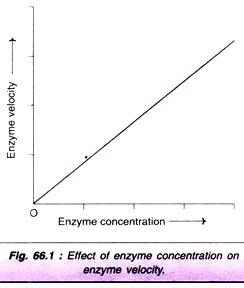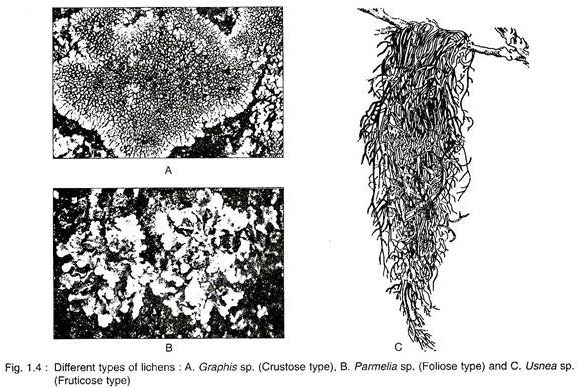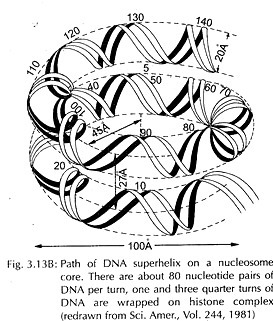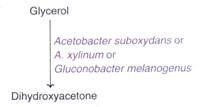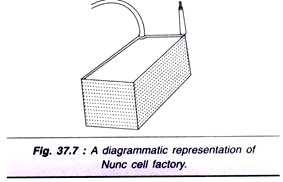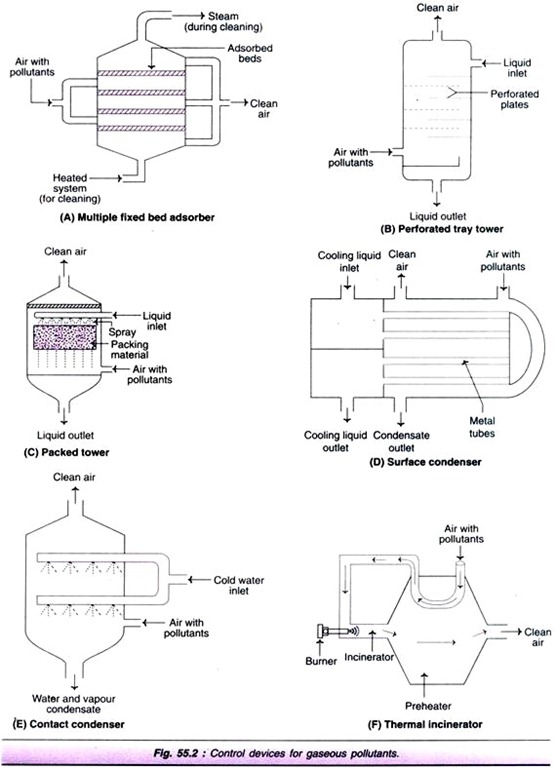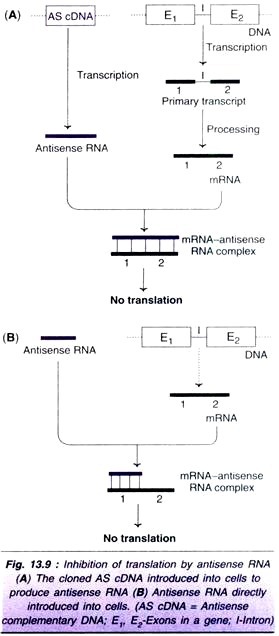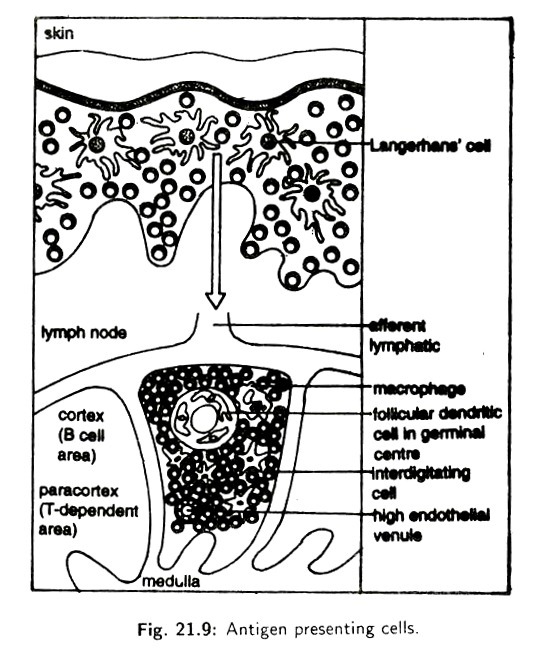Let us make an in-depth study of the metabolic process of lipid.
Digestion and Absorption:
Salivary juice produces a lipid hydrolyzing enzyme, especially in infants and children, known as lingual lipase. Lipids are not digested in the mouth, though lingual lipase is present because the high pH of the mouth does not favour the action of lingual lipase and also because the food remains here for a short period of time. As soon as the lipids enter the stomach, they get liquefied due to the heat of the stomach.
Further, the lipids get emulsified due to the peristaltic movements of the stomach. The gastric juice contains gastric lipase, which is inactive at the low pH of the stomach, whereas lingual lipase is active at this pH and it hydrolyses triacylglycerol’s of short chain fatty acids (which are generally found in milk, so digestion in the stomach is seen only in children). The released fatty acids are absorbed via the stomach wall and enter the portal vein. The TAG with longer chain fatty acids dissolve and form fat droplets and finally enter the intestine.
In the intestine, the bile salts (sodium glycocholate and sodium taurocholate) and bile acids (cholic acid, chenodeoxycholic acid and cholesterol) help in emulsifying fats thereby making them susceptible to the digestive enzymes. The pancreatic secretions in the intestine contain pancreatic lipase which along with the help of a protein called co-lipase and lecithin acts on TAG at the water-oil interface.
Phospholipids are hydrolyzed by phospholipase A, B, C and cholesterol is hydrolyzed by cholesterol esterase.
The end products of fat digestion are:
(1) Monoacylglycerols (MAG)
(2) Diacylglycerols (DAG)
(3) Triacylglycerol’s (TAG)
(4) Free fatty acids and
(5) Glycerol.
Digestion of lipids takes place for a longer duration of time. Until and unless digestion of fats has not taken place, other food materials (carbohydrates and proteins) cannot be digested because the fats will cover the food and prevent enzymes reaching the food (hence take a fatty meal while going on a long journey).
The digested lipids enter the intestinal epithelium by diffusion or by a process called ‘pinocytosis’. In the intestinal wall the free fatty acids and glycerol re-aggregate to form TAG i.e. here re-synthesis of digested TAG, phospholipids and cholesterol takes place (in order to maintain the concentration gradient of lipids).
Now these lipids surround a little amount of protein around them to form chylomicrons. These chylomicrons enter the lacteals by reverse pinocytosis which then enter the thoracic duct and finally to the systemic circulation (sub-clavical vein).
The chylomicrons of the circulation move, towards the adipose tissue, heart, kidney, liver and skeletal muscle. The capillary walls of these tissues contain an enzyme called lipoprotein lipase or clearing factor or serum lipase which hydrolyzes the lipids of the chylomicrons and help in their entry into the respective tissue. The lipids are stored as triacylglycerol’s mainly in the adipose tissue (sub-cutaneous tissue).
Abnormalities Relating to Lipid Digestion:
1. Steatorrhoea:
It is a condition wherein large amounts of lipids are excreted in faeces. This may be either due to the obstruction to the flow of bile in the intestine or due to defect in absorption of the digested lipids.
2. Chyluria:
It is a condition wherein large amounts of chylomicrons are excreted in the urine. This may be due to obstruction in the transportation of chylomicrons form the lacteals to the thoracic duct due to which there will be an abnormal connection between the urinary tract and the lymphatic drainage system of the intestine.
Lipolysis:
Lipolysis is a process of breakdown of lipids. Large amounts of fats are stored in adipose tissue as triacylglycerol’s (TAG). When the energy requirements of the body are not met by carbohydrates, then fats play an important role in the production of energy. The adipose tissue TAG break down into glycerol and free fatty acids (FFA) by the enzyme ‘hormone-sensitive lipase’.
This lipase is sensitive to hormones (or is activated by those hormones) which tend to raise the blood glucose level. Ex. Glucagon, growth hormone, adrenaline, noradrenaline, ACTH, & TSH. This lipase is inhibited by the hormones that reduce the blood glucose level viz. insulin.
The glycerol released from the TAG diffuses out into the blood and is utilized by the liver and kidney for synthesis of glucose by gluconeogenesis. The FFA released combine with albumin to form FFA-albumin complex which are transported through the blood to various tissues. However in the cytosol of each cell there is a little amount of fat droplets, these are degraded by the lipases to glycerol and FFA.
Knoop’s β-oxidation of Fatty Acids:
Oxidation of the fatty acids at the β-carbon atom to a carboxylic group is known as beta oxidation. This was proposed by the scientist Knoop, hence the name.
The steps involved in the β-oxidation of fatty acids are:
1. Activation of fatty acids
2. Formation of α-β unsaturated acyl-CoA (Enoyl-CoA)
3. Formation of β-hydroxy acyl-CoA
4. Formation of β-keto acyl-CoA
5. Thiolytic cleavage of keto acyl-CoA
1. Activation of fatty acids:
Oxidation of fatty acids can take place only if they are activated. The fatty acids are activated in the cytosol of the cell wherein the enzyme fatty acyl CoA synthetase (thiokinase) condenses the fatty acids with coenzyme-A by esterification which requires two high energy bonds.
Further oxidation of fatty acids takes place in the mitochondrial matrix. The mitochondrial membrane is impermeable to the acylated fatty acids of the cytosol. Hence these are transported by carnitine mechanism after activation.
Carnitine mechanism:
Carnitine (beta-hydroxyl-gamma-trimethyl-ammonium butyrate) [(CH3)3-N+– CH2-CH(OH)-CH2-COOH], is present in the inner mitochondrial membrane and it helps in the transport of fatty acids both form the cytosol to mitochondria and from mitochondria to the cytosol.
The mechanism of carnitine transfer is as follows:
Carnitine reacts with activated fatty acids in presence of an enzyme carnitine acyl transferase-I, forming fatty acyl-carnitine complex and CoA-SH. Now this complex is easily transported through the inner mitochondrial membrane through a transport protein called carnitine acyl carnitine translocate. In the inner surface of the membrane another enzyme carnitine acyl transferase-II hydrolyzes the fatty acyl carnitine to give fatty acyl-CoA and carnitine. Thereby carnitine is free for reutilization and fatty acyl- CoA undergoes further oxidation in the mitochondrial matrix.
2. Formation of α-β unsaturated acyl-CoA (Enoyl-CoA):
The fatty acyl-CoA undergoes dehydrogenation at the α and β-carbon atoms forming trans alpha-beta unsaturated acyl-CoA. These hydrogen’s are taken up by the coenzyme, Flavin Adenine Dinucleotide (FAD) which gets converted to FADH2. Oxidation of FADH2 through electron transport chain produces two ATPs. The enzyme is fatty acyl CoA dehydrogenase.
3. Formation of β-hydroxy acyl-CoA:
Enoyl-CoA is then hydrated by the enzyme crotonase (Enoyl-CoA hydratase) which adds water across the double bond. The product formed is P-hydroxy acyl-CoA.
4. Formation of β-keto acyl-CoA:
β-Hydroxy acyl-CoA undergoes another dehydrogenation of the P-oxidation process forming β-keto acyl-CoA. The enzyme is β-hydroxy acyl-CoA dehydrogenase and its redox potential allows it to use NAD+ as the coenzyme releasing NADH + H+ that produces 3 ATPs upon oxidation through ETC.
5. Thiolytic cleavage of β-keto acyl-CoA:
β-Keto acyl-CoA is then cleaved between the a and P-carbon atom releasing an acetyl-CoA and a fatty acyl-CoA shortened by two carbon atoms. The enzyme is β-keto thiolase that uses the coenzyme A for adding to the newly formed acyl-CoA.
The fatty acids undergo oxidative removal of two carbon units from the carboxylic side in the form of acetyl-CoA, which repeats till the fatty acid is completely converted to acetyl-CoA.
Calculation of Total ATP Produced When Palmitic Acid is Completely Oxidized to CO2 and H2O:
16 Carbon palmitic acid (i.e., the most abundant fatty acid in the human body) undergoes 7 such passes or cycles of P-oxidation, producing a total of 8 acetyl-CoA which are in turn oxidized through TCA cycle and the reducing equivalents produced are oxidized through ETC.
α-Oxidation of Fatty Acids:
Oxidation of the fatty acids at the alpha carbon atom is known as alpha oxidation. During a-oxidation there is removal of one carbon atom at a time from the carboxyl end of the molecule. Alpha oxidation takes place for the alpha hydroxy fatty acids which are found in the brain.
During alpha oxidation, first a hydroxyl group is attached (if the fatty acid is devoid of alpha hydroxyl group) at the alpha carbon atom which is then oxidized to a keto group and then finally to a carboxylic group due to decarboxylation of the original carboxyl group giving rise to a fatty acid less by one carbon atom.
Characteristic Features of α-Oxidation:
1. It does not require CoA intermediates.
2. It does not generate high energy phosphate bonds.
Omega Oxidation:
Oxidation of the omega carbon atom of the fatty acid is known as omega oxidation. During omega oxidation there is a successive removal of four carbon atoms at a time. It predominantly occurs in the liver, whenever there is a high demand of energy as in the case of lactation, severe diabetics and starvation.
During omega oxidation first of all, with the help of hydroxylase enzyme a hydroxyl group is attached to the last carbon atom (-CH3 i.e., methyl group of the omega carbon atom), which is then further oxidized to a carboxylic group to form an alpha omega dicarboxylic acid. Now beta oxidation occurs from both the ends producing two acetyl-CoA at a time.
Oxidation of Fatty Acids with an Odd Number of Carbon Atoms:
Fatty acids with an odd number of carbon atoms are normally oxidized by beta oxidation but the last cycle of the beta oxidation produces acetyl-CoA and propionyl-CoA (a 3 carbon moiety).
This propionyl-CoA is further oxidized in the following manner:
Oxidation of Unsaturated Fatty Acids:
The 18 carbon linoleic acid is an unsaturated fatty acid, containing two cis double bonds (1) between carbon atoms 9 & 10 (cis Δ9) and (2) between carbon atoms 12 & 13 (cis Δ12). In its oxidation, three cycles of beta oxidation take place giving rise to 3 acetyl-CoA and cis- delta-3, 6-dienoyl-CoA, which is isomerized to trans-delta-2-cis-delta-6-dienoyl-CoA, which then undergoes two passes of beta oxidation forming two acetyl-CoA and nV-delta-2-enoyl-CoA.
This is converted to D-β-hydroxy acyl-CoA by the enzyme delta-2-enoyl-CoA hydratase. D-β-hydroxy acyl-CoA cannot be acted upon by the stereo-specific enzyme; L-P-hydroxy acyl-CoA dehydrogenase. Hence it is epimerized by an epimerase to give L-β-hydroxy acyl-CoA and then normal beta oxidation continues till the fatty acid is completely converted to acetyl-CoA.

